Tool Users
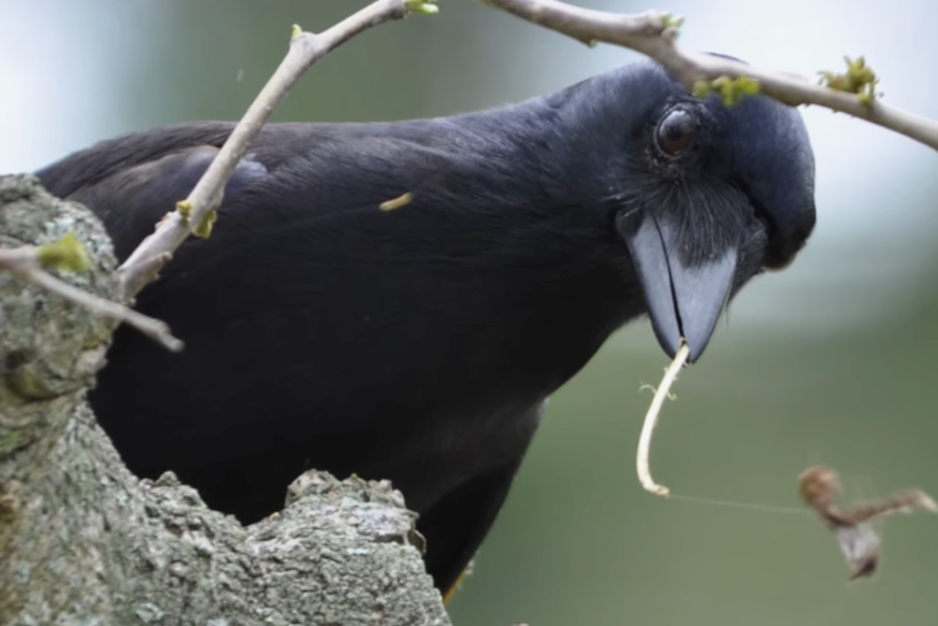
Have you ever watched a child struggle to reach a toy, only to figure out a clever way using a stick or stool? Well, guess what, crows can be quite the problem-solvers too, with their own ingenious tricks, it’s true. When faced with a challenge, they don’t just sit and stare; they find ways to manipulate their environment with flair. A bent wire here, a carefully placed stone there, showing a level of resourcefulness beyond compare. It makes you wonder just what goes on in their intelligent minds, the kind of smarts that nature so kindly finds.
Ornithologists have documented numerous instances of crows using tools to obtain food or solve problems. This behavior includes using sticks to extract insects from logs, dropping nuts onto roads to crack them open, and even crafting tools from leaves and twigs. This ability to not only recognize potential tools but also to modify them for specific tasks demonstrates a high level of cognitive flexibility and problem-solving skills, traits often associated with intelligence in both animals and humans.
Problem Solvers
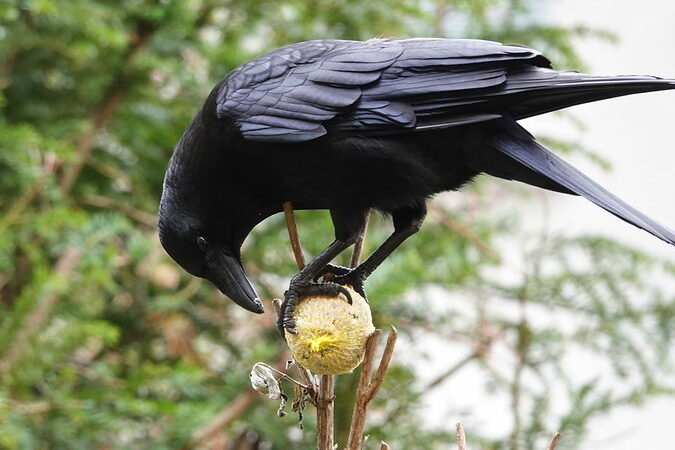
A puzzle presented, a tricky little test, a crow might just figure it out with the very best. They can understand cause and effect, it seems so clear, connecting actions to outcomes without any fear. Give them a multi-step challenge to unwind, and they’ll work through the sequence, one step at a time, you’ll find. It’s like watching a tiny feathered scientist at play, their cognitive abilities shining bright as day. You might just marvel at their insightful knack, as they cleverly navigate each mental track.
Cognitive scientists who study animal intelligence have designed experiments that demonstrate crows’ impressive problem-solving abilities. These studies often involve tasks that require understanding sequential steps to reach a reward. Crows have shown the capacity to solve these complex puzzles, indicating an understanding of cause-and-effect relationships and the ability to plan and execute a series of actions to achieve a goal. This level of cognitive planning is a hallmark of intelligence.
Memory Masters
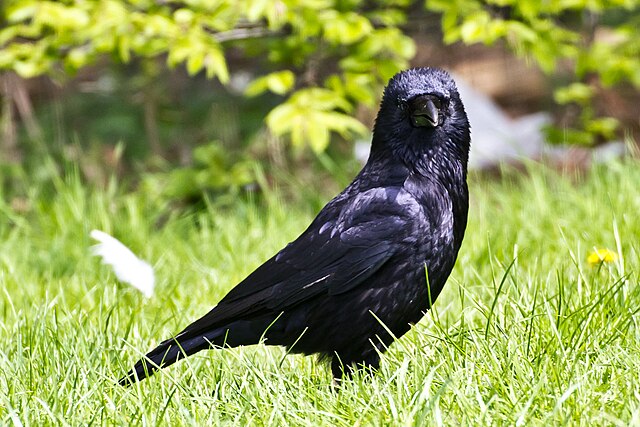
Remembering faces, both friendly and not, crows have a memory that’s quite a hot shot. They can hold grudges and recognize those who were kind, keeping track of interactions, what they did and defined their bind. Years later, they might still recall a past deed, whether it was helpful or planted a negative seed. This long-term recognition shows a social intelligence so keen, a complex understanding of interactions they’ve seen. It makes you think about the connections they make, the mental notes that their sharp minds take.
Ethologists who study crow behavior have found evidence of their remarkable long-term memory, particularly for faces. Crows have been observed to recognize and react differently to individuals who have previously posed a threat or offered a positive interaction, even after significant periods of time. This ability to remember and differentiate between individuals based on past experiences highlights their sophisticated social cognition and their capacity for learning from past encounters.
Social Savvy
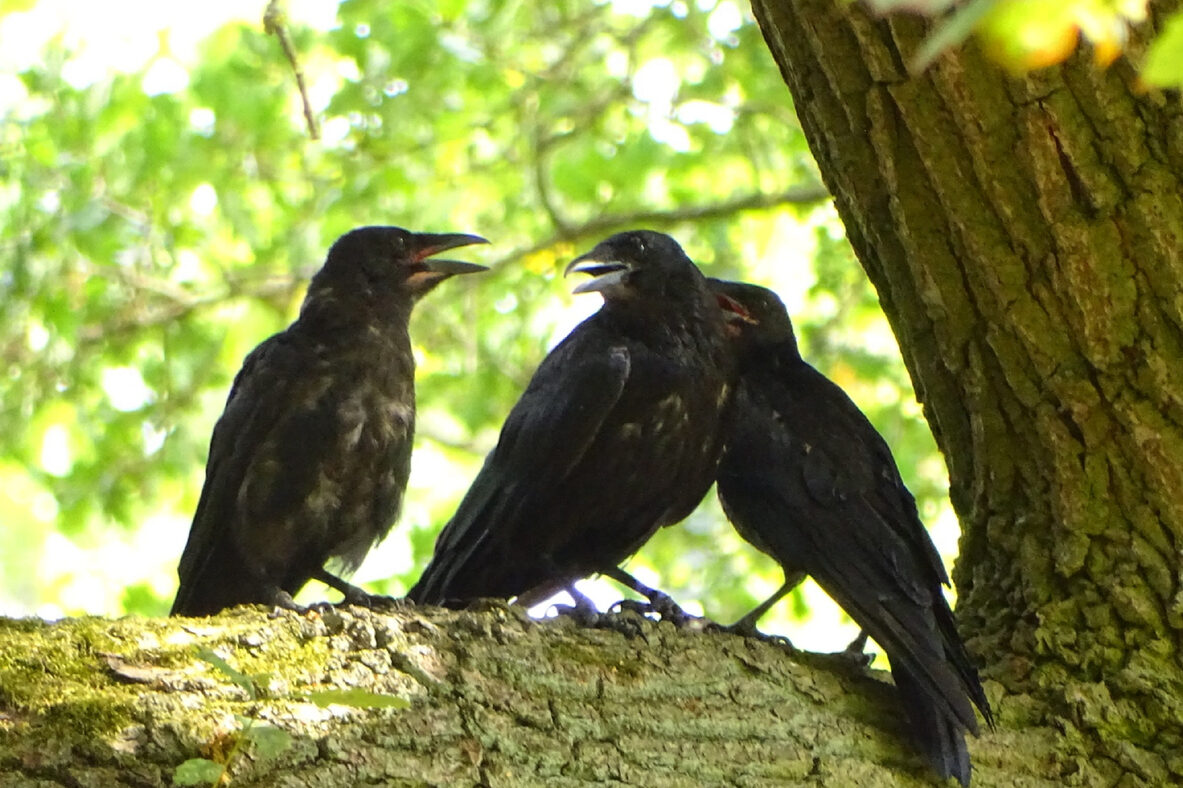
Living in groups with intricate social rules, crows navigate their communities like seasoned fools… well, wise ones, actually, with their clever ways, understanding hierarchy and social plays. They communicate with calls that have different meanings, sharing information and coordinating their gleanings. They work together, they squabble, they form alliances strong, a complex social tapestry where they clearly belong. It’s a world of interactions, subtle and grand, a social intelligence they fully command.
Researchers into crow social behavior have uncovered complex social structures within crow communities. They exhibit cooperative behaviors such as mobbing predators and sharing information about food sources. Their vocalizations are varied and appear to convey specific meanings, indicating a sophisticated communication system. Understanding these social dynamics and navigating them effectively demonstrates a high degree of social intelligence.
Communication Experts
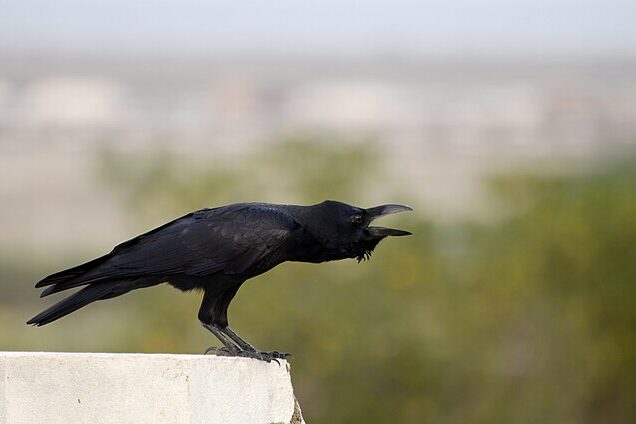
With a repertoire of caws, clicks, and calls so wide, crows convey messages that they need to confide. They can warn of danger, signal food nearby, their vocalizations carrying meaning that reaches the sky. They even have regional dialects, it’s been found, different ways of “speaking” in different parts of the ground. This nuanced communication shows a level of complexity, far beyond simple instincts, it’s easy to see. It makes you wonder about the stories they tell, in their own language that serves them so well.
Bioacousticians who study bird vocalizations have documented the extensive range and complexity of crow calls. These vocalizations vary in pitch, tone, and pattern, and they appear to serve different functions, such as alarm calls, contact calls, and calls related to foraging. The existence of regional dialects suggests a level of cultural transmission and learning within crow populations, further highlighting their cognitive abilities.
Adaptable Learners

In ever-changing environments, they thrive and adjust, crows show a resilience that we can surely trust. They can learn new skills and adapt to new settings, figuring out how to make the best of their gettings. From urban landscapes to forests so deep, they find ways to flourish, secrets they keep. This adaptability showcases their intelligence so bright, their ability to learn and survive with all their might. It makes you admire their capacity to cope, finding new ways with unwavering hope.
Ecologists who study urban wildlife have observed the remarkable adaptability of crows to human-modified environments. They have learned to exploit new food sources, navigate urban landscapes, and even use human-made objects to their advantage. This ability to adapt to novel situations and learn new behaviors quickly is a key indicator of intelligence and cognitive flexibility.
Tool Makers

Not only do they use tools they happen to find, but some crows can even make their own, one of a kind. The New Caledonian crow is a prime example, crafting hooks from twigs with careful sample. They shape and modify materials with such precision, showing a level of foresight and keen decision. This ability to create tools to solve specific problems is a rare and impressive feat, putting their intelligence on a very high street. It makes you marvel at their innovative drive, their cleverness helping their species survive.
Studies on New Caledonian crows have provided compelling evidence of their tool-making abilities. They can select appropriate materials, modify them into specific shapes, such as hooks, and use these tools to extract food from hard-to-reach places. This behavior is not just instinctive; it involves planning, problem-solving, and a sophisticated understanding of cause and effect, demonstrating a remarkable level of intelligence.
Planning Ahead
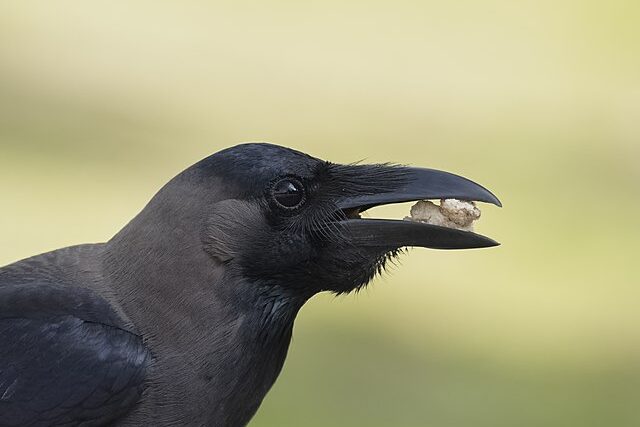
Evidence suggests they can plan for the future, it’s true, thinking ahead about what they might want to do. They might cache food in a safe and hidden spot, remembering where it is for a time when it’s sought. This foresight indicates a level of cognitive planning, anticipating future needs, their cleverness spanning. It’s a sign of intelligence that goes beyond the now, a mental timeline that shows us somehow their understanding extends.
Research on animal cognition has shown that some species, including crows, exhibit behaviors that suggest an ability to plan for future needs. Caching food and remembering the location of these caches is one such behavior. This requires not only memory but also the ability to anticipate future hunger and take proactive steps to address it, indicating a level of planning and foresight.
Imitation Skills
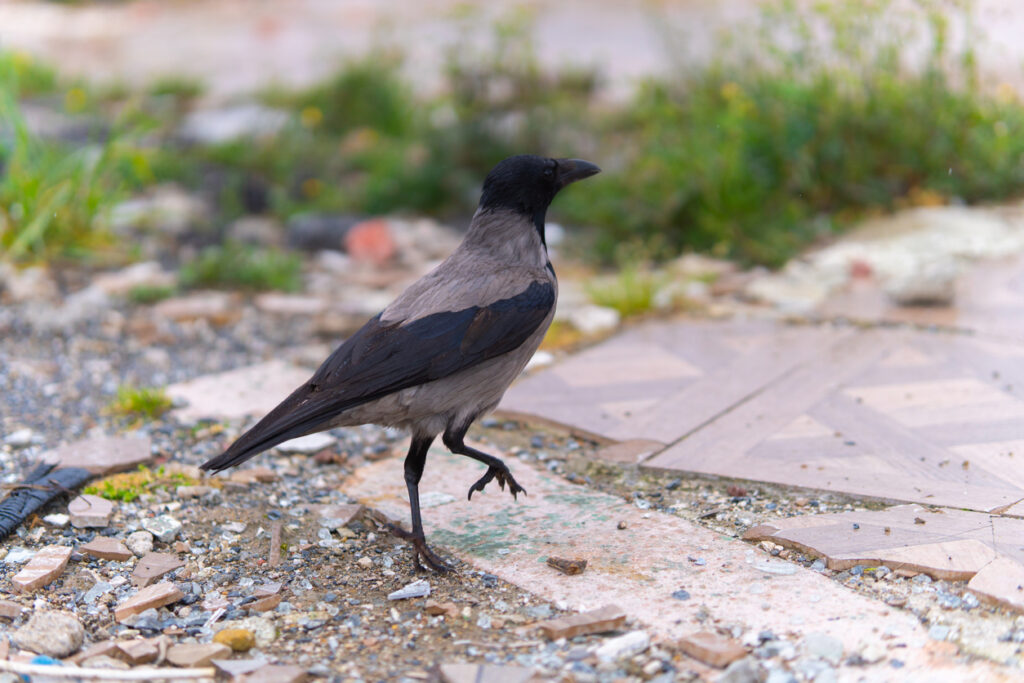
They can also mimic sounds they hear all around, from human speech snippets to noises on the ground. This vocal mimicry shows an impressive ability to learn and reproduce sounds with surprising stability. It’s a form of learning that’s quite complex, taking in information and giving it context. This skill highlights their cognitive flexibility once more, their capacity to adapt and explore. It makes you wonder what they might learn next, with their minds so sharp and no text.
Studies on avian vocal learning have shown that crows, like some other bird species, possess the ability to mimic sounds from their environment. This can include human speech, other animal calls, and even artificial sounds. Vocal mimicry is a complex learning process that involves auditory perception, memory, and motor control, and it is often associated with social communication and adaptation to the environment.
Insightful Behavior
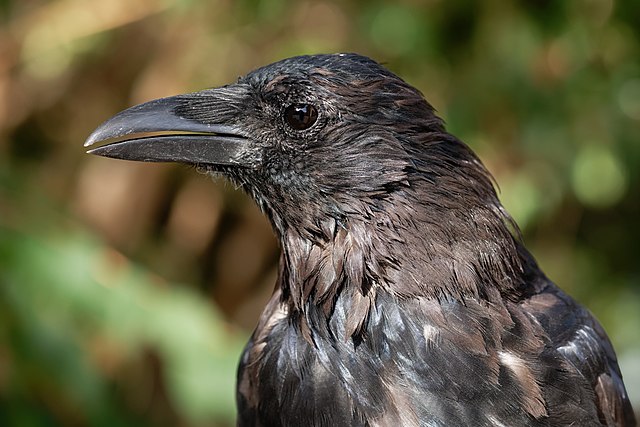
Sometimes they show flashes of insight so bright, solving problems in a sudden burst of light. They might figure out a solution all at once, without trial and error, showing cognitive stunts. This “aha!” moment suggests a deeper understanding, a leap in logic, their intelligence expanding. It’s not just learned behavior they display, but a sudden realization that lights up their way. It makes you appreciate their quick-thinking minds, the clever solutions that nature designs.
Cognitive scientists describe insight learning as a sudden understanding or realization of a problem’s solution without overt trial and error. While difficult to study directly in animals, some observed crow behaviors, such as spontaneously using a tool in a novel way to solve a problem, suggest that they are capable of this type of insightful thinking, indicating a higher level of cognitive processing.
Emotional Depth
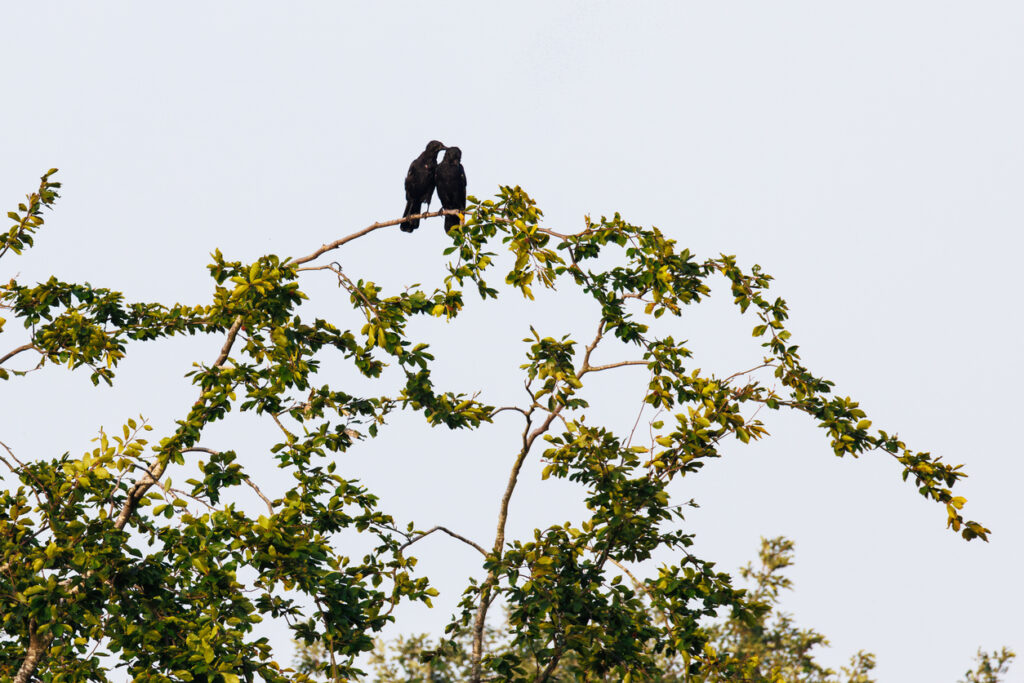
While hard to measure the feelings they keep, crows show behaviors that hint at emotions deep. They might show distress at the loss of a mate, or joy in finding a plentiful plate. Their social interactions suggest bonds that are strong, lasting connections where they clearly belong. This emotional complexity adds another layer to their intelligence, showing they’re not just thinking machines, in essence. It makes you wonder about their inner lives unseen, the richness of their experiences, what might have been.
Ethological observations suggest that crows exhibit a range of behaviors indicative of emotional responses. They have been observed engaging in what appears to be mourning behavior, and their social interactions suggest strong affiliative bonds. While we cannot directly know their subjective experiences, these behaviors imply a level of emotional complexity that contributes to their overall intelligence and social functioning.
Cultural Transmission
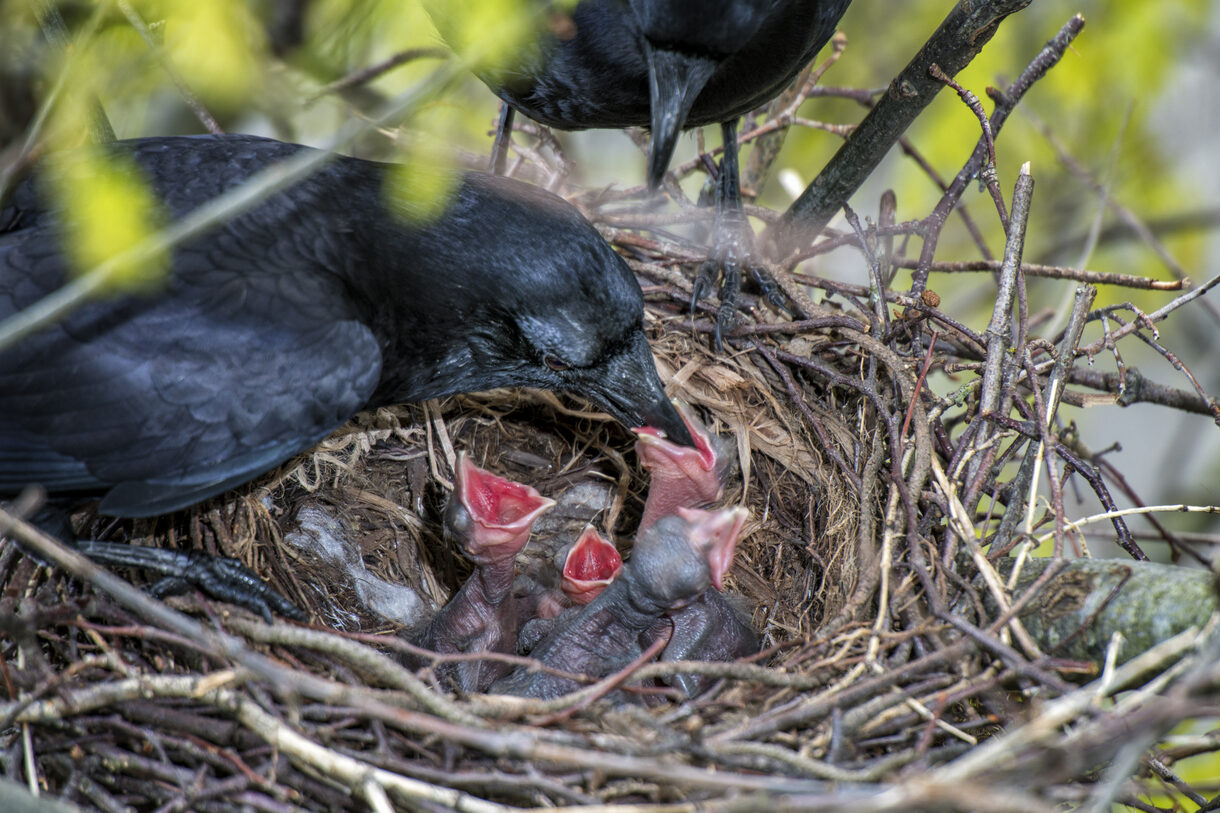
They can even pass on learned behaviors, it’s true, from one generation to the next, the knowledge sees through. Young crows learn from their elders, observing their ways, the skills and information passed down through the days. This cultural transmission is a sign of advanced learning, a sharing of knowledge that keeps on turning. It’s how they adapt and their skills evolve, a collective intelligence that nature involves. It makes you realize the depth of their society, a передача of learning with such propriety.
Studies of crow populations have revealed evidence of cultural transmission, where learned behaviors and skills are passed down from one generation to the next. This can include foraging techniques, tool use, and even social behaviors. The ability to learn from conspecifics and transmit knowledge across generations is a hallmark of social learning and contributes to the adaptive success of crow populations, indicating a sophisticated level of intelligence.


